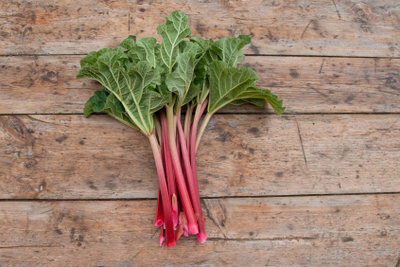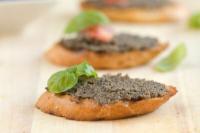Do you have to peel rhubarb?
Rhubarb is often used with delicious compote or as a cake topping. Whether or not you have to peel it depends on a number of factors.

Interesting facts about rhubarb
- Rhubarb belongs to the knotweed family and, from a botanical point of view, is a perennial vegetable.
- The Chinese in Tibet already appreciated the properties of rhubarb over 5000 years ago. The powder from the roots of the wild plant was said to have health-promoting properties.
- Since the 18th In the 19th century, the rhubarb was grown in large parts of Europe and the leaf stalks as vegetables used.
- The harvest time is from April to June. Mainly the plants thrive in the open, if necessary they are protected with foil.
- On Midsummer Day, the 24th June is traditionally the last day of harvest, as the oxalic acid content of the plant increases after this time.
- The rhubarb roots remain in the ground over the winter.
Fertilize rhubarb
Rhubarb is a sought-after plant as a compote and also as a cake topping. For …
Do you have to peel the perennial vegetables or not?
- The leaf stalks of vegetable rhubarb (Rheum rhabarbarum) are often used to make delicious compotes or toppings.
- Harvest the rhubarb by twisting off the leaf stalks just above the root. Under no circumstances are the fleshy stalks cut. When harvesting, limit yourself to a few stems per plant so that they can still be used.
- The rhubarb tastes best when the stems are still young and mild. Then you don't have to peel it. Older stems become more fibrous and their acidity increases.
- When shopping, pay attention to the youngest possible leaf stalks. They should be firm and crisp and the interfaces fresh and not dry at all.
- Incidentally, red stalks of rhubarb with red flesh are sweet, red stalks with green flesh are milder than green sticks with green flesh, which have a sour taste. The red color is caused by the expulsion in light.
- If you wrap the rhubarb in a damp kitchen towel, it will stay fresh longer in the refrigerator's vegetable compartment.
- To process the rhubarb stalks, cut off the ends of the stems and the leaves. You do not need to peel young poles. Older, thick sticks, on the other hand, have to be peeled; they are fibrous and harder. To do this, the thick fibers are pulled off. This works perfectly with a vegetable peeler.
- Rhubarb is not suitable for consumption raw. Likewise, you should only use the petioles and not the leaves or leaf roots, because these are inedible.
- Due to its acidity, rhubarb should not come into contact with metal vessels or aluminum foil.
- To reduce the acidity, it is sweetened with sugar after cooking and cooling or softened with sweet fruit when compote. Bananas, sultanas, sweet apples or soaked prunes are suitable for this.
How helpful do you find this article?

